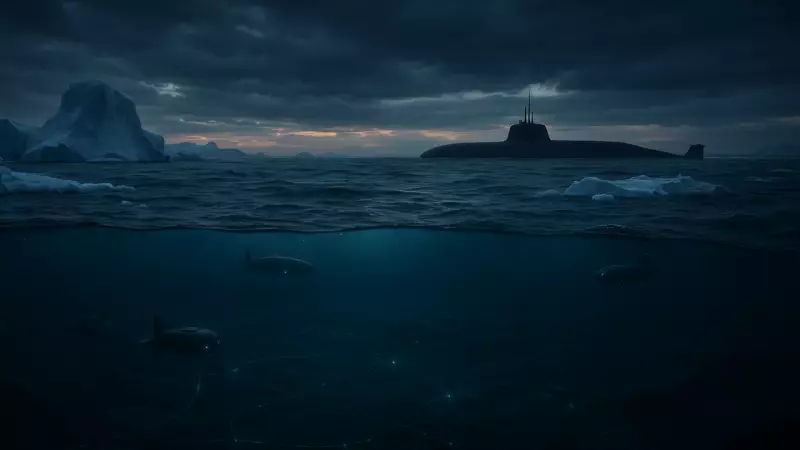
In a startling revelation that exposes significant loopholes in international sanctions, Russia has successfully constructed an advanced submarine detection network in the Arctic using critical Western technology. Dubbed 'Project Harmony,' this secret initiative has given Moscow unprecedented underwater surveillance capabilities in the strategically vital region.
The Secret Arctic Shield
Project Harmony represents Russia's ambitious effort to create an underwater 'acoustic curtain' capable of detecting submarine movements across vast Arctic territories. This sophisticated network of seabed sensors and monitoring stations has been quietly developed despite Western sanctions intended to limit Russia's military technological advancement.
Western Technology, Russian Application
Investigative findings show that Russian entities systematically acquired essential components from Western manufacturers through complex supply chains and third-party countries. The technology includes:
- Advanced microprocessors from European and American companies
- High-resolution underwater acoustic sensors
- Data transmission equipment from multiple Western suppliers
- Signal processing technology critical for submarine detection
Bypassing Sanctions: The Supply Chain Maze
The implementation of Project Harmony demonstrates remarkable ingenuity in circumventing international restrictions. Russian procurement networks established elaborate routes through countries including:
- Third-party nations in Asia and Eastern Europe
- Shell companies with ambiguous ownership structures
- Civilian technology suppliers unaware of military end-use
- Academic and research institutions as intermediaries
Strategic Implications for Arctic Dominance
The successful deployment of this submarine detection network significantly enhances Russia's military position in the Arctic. This development comes at a crucial time when:
- Melting ice opens new shipping routes and resource exploration opportunities
- NATO increases its Arctic presence and monitoring activities
- Undersea cable infrastructure becomes increasingly vital for global communications
- Energy resources in the region attract international interest
The Technology Transfer Challenge
This case highlights the ongoing challenge Western nations face in controlling dual-use technology exports. Despite comprehensive sanctions regimes, determined state actors can still acquire sophisticated components through:
Global supply chain vulnerabilities that allow sensitive technology to be redirected to unintended end-users.
Insufficient enforcement mechanisms that fail to track components once they enter complex international distribution networks.
The revelation of Project Harmony's success raises urgent questions about the effectiveness of current export control systems and the need for more robust monitoring of critical technology flows.





